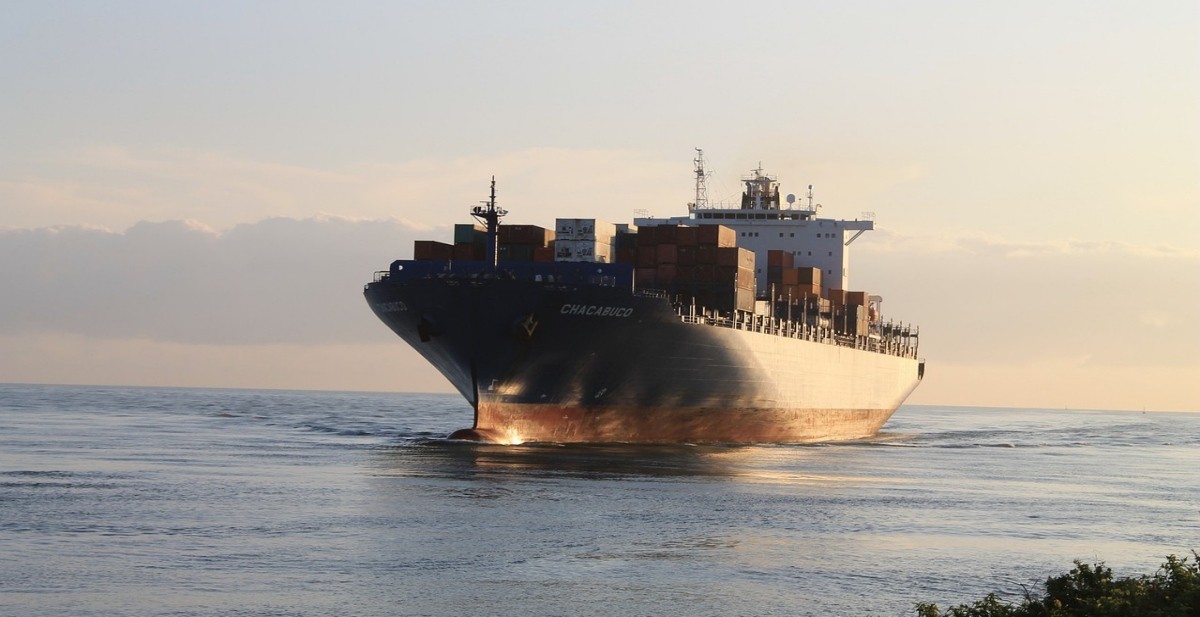Come together for shipping’s energy transition

Onboard technology investment could cost up to $28bn for sector’s full decarbonisation
By Carly Fields
Class society DNV has called for co-ordinated plans from all maritime stakeholders, including major energy and fuel providers and ports, in tandem with incentives for first movers in shipping’s emerging green corridors to facilitate the sector’s energy transition.
DNV’s latest Maritime Forecast to 2050 report focuses on the production, distribution and bunkering infrastructures required to enable the maritime industry’s shift to carbon-neutral fuels.
“Fuel flexibility and energy efficiency” are key to easing the transition and minimising the risk of investing in stranded assets, said DNV.
With so many potential fuel choices in the running, DNV said that no clear winner can yet be identified. Price and availability uncertainties cloud all the choices currently on the table, including ammonia, methanol, diesel or methane, produced from sustainable biomass, renewable electricity or fossil fuels with carbon capture and storage.
The report models two different decarbonisation pathways: ‘Current IMO ambitions to 2050’ and ‘Full Decarbonization by 2050’. The class society forecasts that onboard technology investments required for the ‘Full Decarbonization by 2050’ pathway scenarios will range from $8 to $28 billion per year, depending on which fuel type has the largest uptake, between 2022 and 2050. It adds that investment of between $30 and $90 billion per year to 2050 are needed for the onshore fuel supply chains.
“The search for the best alternative carbon-neutral fuel options and technologies is underway as the entire world seeks to decarbonise,” said DNV Maritime CEO Knut Ørbeck-Nilssen. “No industry can decarbonise in isolation so global industries need to make the right choices together, and sustainable energy should be directed to where it has the biggest impact on reducing GHG emissions. The ultimate hurdle is fuel availability and to overcome it, supply chains must be built through cross-industry alliances.”
Ørbeck-Nilssen added that carbon-neutral fuels need to be made available for ships within the decade and that by no later than 2030, 5% of the energy for shipping should come from carbon-neutral fuels. “This will require substantial investments in both onboard technologies and onshore infrastructure,” he said.
Ørbeck-Nilssen added that carbon-neutral fuels need to be made available for ships within the decade and that by no later than 2030, 5% of the energy for shipping should come from carbon-neutral fuels
Cost of implementation
In an analysis of the investment costs of implementation of new fuel supply chains and fuel technologies as well as energy efficiency measures onboard the world fleet, DNV examined variations on three fuel families: sustainable biomass to produce biofuels, renewable electricity to produce e-fuels, and fossil fuels in combination with carbon capture and storage (CCS) to produce blue fuels. The report also explores variations for specific fuel types. In total DNV explored 24 decarbonisation scenarios.
The report notes that the fuel transition has already started, with 5.5% of ships (gross tonnage) in operation and 33% of gross tonnage on order today able to operate on alternative fuel. The fuel of choice today is largely liquefied natural gas, but the future market will be reliant on “multiple energy sources, integration with regional energy markets, energy production and industries, and on the availability and price of energy sources”.
“Two thousand ships are expected to be ordered annually to 2030 but there is still no silver-bullet fuel solution available,” said Ørbeck-Nilssen.
Two thousand ships are expected to be ordered annually to 2030 but there is still no silver-bullet fuel solution available
Energy transition hurdles
More generally, the impetus to shift from fossil fuels has been slowed by geopolitical events, a trend that may hamper shipping’s decarbonisation. Support for fossil fuels almost doubled in 2021, according to new analysis from the Organisation for Economic Co-operation and Development (OECD) and the International Energy Agency (IEA). The two report that major economies sharply increased support for the production and consumption of coal, oil and natural gas, with many countries “struggling to balance longstanding pledges to phase out inefficient fossil fuel subsidies with efforts to protect households from surging energy prices”.
Their data reveals that overall government support for fossil fuels in 51 countries worldwide almost doubled to $697.2 billion in 2021, from $362.4 billion in 2020.
“Russia’s war of aggression against Ukraine has caused sharp increases in energy prices and undermined energy security. Significant increases in fossil fuel subsidies encourage wasteful consumption though, while not necessarily reaching low-income households,” OECD secretary-general Mathias Cormann said. “We need to adopt measures which protect consumers from the extreme impacts of shifting market and geopolitical forces in a way that helps keep us on track to carbon neutrality as well as energy security and affordability.”
IEA executive director Fatih Birol added that fossil fuel subsidies are “a roadblock” to a more sustainable future. He urged a surge in investment in clean energy technologies and infrastructure, describing it as the only lasting solution to today’s global energy crisis and the best way to reduce the exposure of consumers to high fuel costs.
The OECD and IEA are both long supporters of a phase out of inefficient fossil fuel support and re-direction of public funding toward the development of low-carbon alternatives alongside improvements in energy security and energy efficiency.
To access DNV’s full report, go to:
www.dnv.com/maritime/publications/maritime-forecast-2022/download-the-report.html